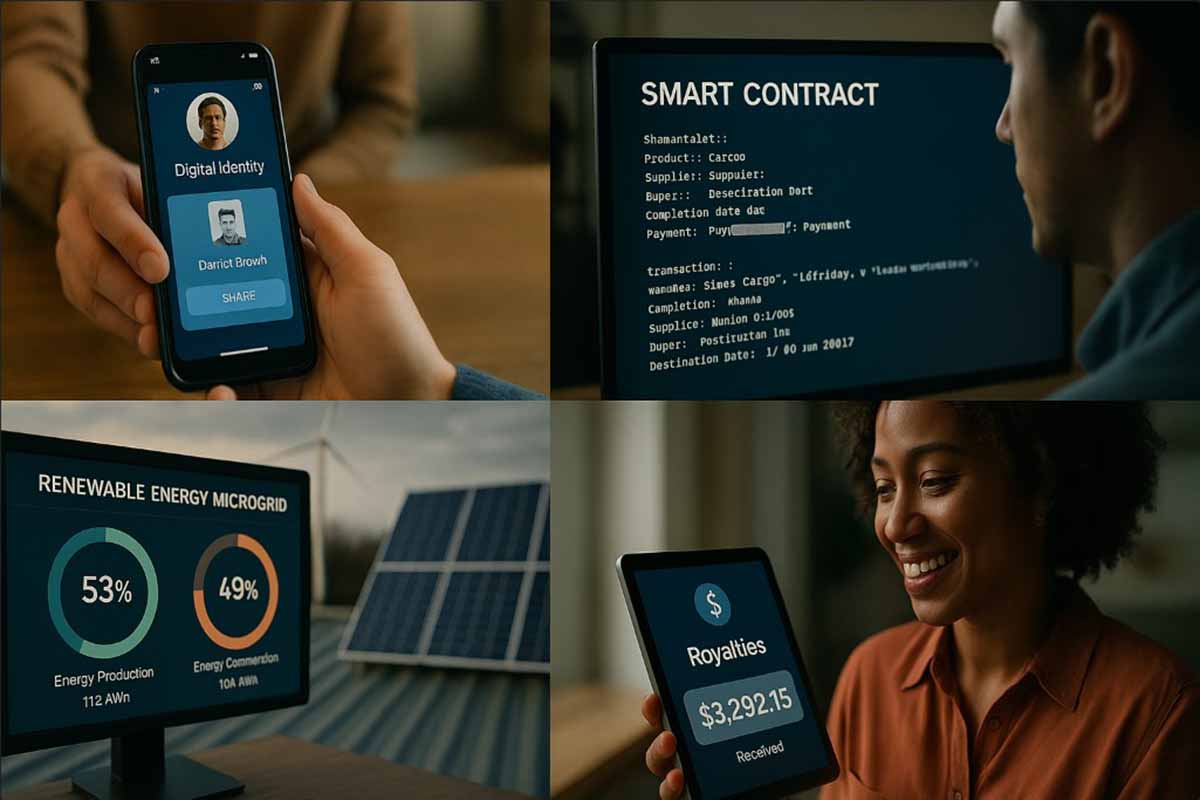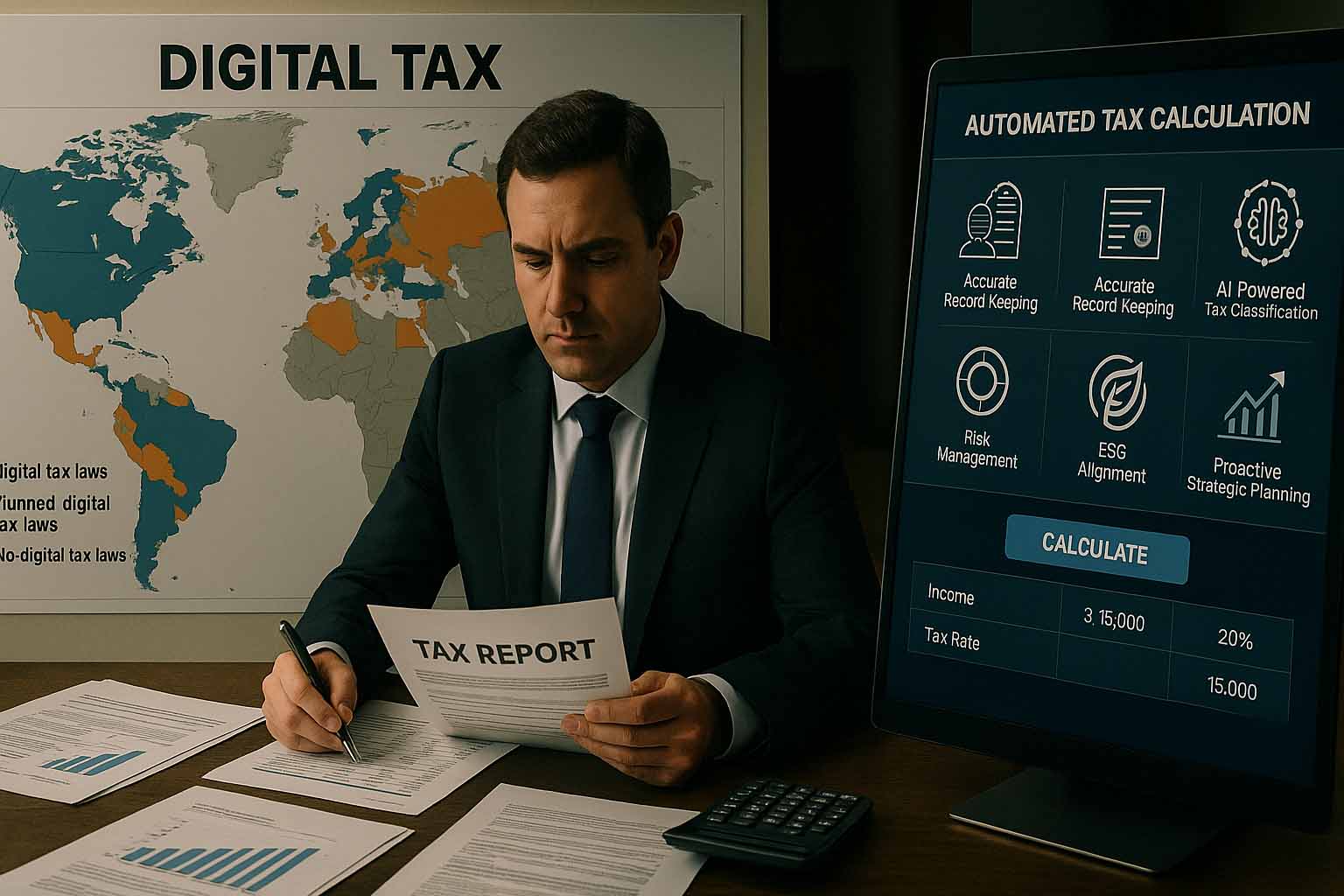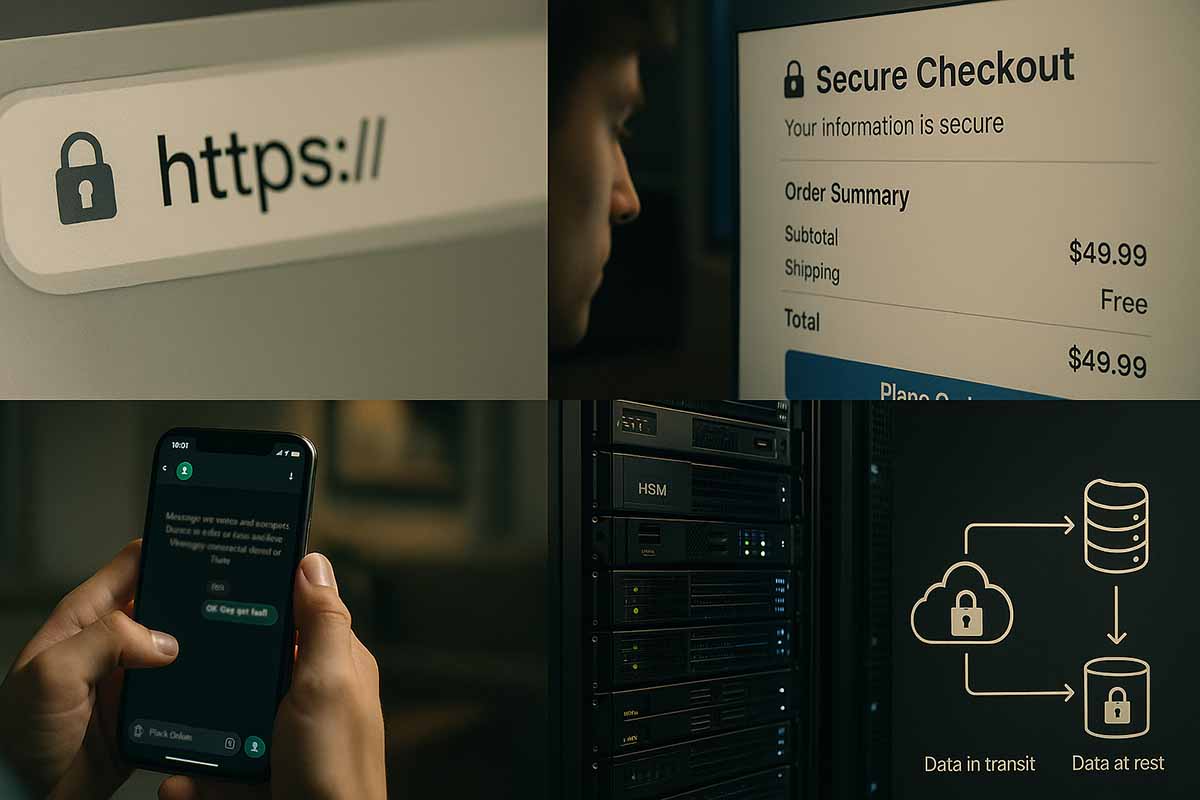
Blockchain Beyond Cryptocurrency: Real-World Applications with Lasting Value in the Global Economy
Conversations about blockchain often focus on coin prices. That’s a missed opportunity, because the value of this technology extends far beyond trading. It can support businesses, regulators, creators, and consumers in a wide range of tasks. At its core, blockchain is about trust, speed, and transparent records that benefit multiple industries.
Blockchain is a digital ledger updated simultaneously by multiple parties, allowing everyone to see the same information and reducing disputes.
Beyond money, it is used in supply chains, digital identity, healthcare, energy, art, media, and public services. Success depends on clear goals, well-designed data structures, and careful attention to security and compliance.
Blockchain in the Simplest Terms
Imagine a single spreadsheet copied across multiple computers. Every change has a timestamp, a signature, and cannot be erased. This is how blockchain works. Participants share one version of the transaction history, without needing a central authority to be trusted by all. The system itself enforces the rules.
There are public and private networks. Public ones allow anyone to read and verify data, while private ones limit access to select organizations. Both can be useful, depending on the purpose.
Clear Provenance in the Supply Chain
Consumers want honest labels and verified origins. In traditional systems, documents often get mixed up or delayed during verification. With blockchain, each step of a product’s journey leaves a trace from the farm of origin, through processing and shipping, to the store shelf.
When a recall happens, affected batches are easier to locate. In cases of fraud, it’s simpler to identify the source of the problem. Brands and regulators benefit from consistent data, while consumers gain confidence in what they purchase.
Digital Identity with User Control
Many services require identification, but the process is often repetitive and slow. Blockchain enables a self-sovereign identity system, where individuals hold a digital wallet containing their credentials, such as licenses, certificates, or proof of age. They decide what details to share.
Techniques like zero-knowledge proofs allow verification without revealing full information. For example, proving legal age without disclosing the exact birthdate. This protects privacy while meeting legal requirements.
Tokenization of Physical Assets
Tokens can represent a share of a physical asset, such as a portion of real estate, hours of equipment usage, or inventory units. Once on blockchain, ownership transfer and auditing become easier. Ownership can also be divided into smaller portions, enabling more participants to take part.
This requires strong legal and custodial frameworks. The digital token must match real-world rights, making legal design and proper oversight essential.
Healthcare and Data Consent
Many clinics and hospitals run separate systems, sometimes leading to inconsistent updates. Blockchain can serve as an audit log for patient consent and data access. For example, a patient may give a doctor permission to view a record for three days. Once the period ends, the access is automatically revoked.
Sensitive information doesn’t have to be stored on-chain. Instead, secure storage holds the data, while the chain records permissions and verification hashes. This balances privacy with accurate records.
Global Trade and Smart Contracts
International trade often involves slow-moving paperwork, such as bills of lading, invoices, and certificates. Differences in format delay shipments. Blockchain can create a shared workflow visible to all parties. Smart contracts define when the next step can happen. For example, automatically updating the status once the right signatures or dates are recorded.
This single source of truth speeds up processes, reduces disputes, and ensures predictable payment timelines.
Energy and Climate
In energy markets, accurate tracking of production and consumption is critical. Blockchain can log renewable energy certificates, making it easier to verify the source of electricity. For microgrids, it can register peer-to-peer energy trades, creating a transparent and active market for prosumers.
In carbon markets, accurate project records and credit issuance maintain trust. Clear, verifiable entries lead to stronger markets.
Art, Media, and the Creator Economy
Artists and publishers often see their work spread across platforms, making usage tracking and payments challenging. Blockchain can record origins and usage terms. When a piece sells, revenue can be automatically routed according to agreements.
The focus need not be on hype-driven collectibles. Practical uses include ticketing, royalty distribution, and accurate attribution in collaborations providing clear records and smoother settlements.
Public Services and Records
The integrity of government records such as land titles, permits, and contracts is vital. Storing document fingerprints on blockchain makes tampering easy to detect. Public trust grows when there’s a visible trail of changes, and verification between agencies and the private sector becomes faster.
Interoperability, Privacy, and Scalability
No single network works for all needs. Different blockchains and legacy systems must connect. This calls for interoperability standards and carefully designed cross-chain bridges, with security and control in mind.
Privacy can be protected using methods like zero-knowledge proofs and confidential computing, allowing verification with limited data sharing. For scalability, layer 2 solutions and rollups lower costs and speed up transactions. These must be tailored to actual business needs.
Benefits and Challenges at a Glance
- Clearer records and fewer disputes, but requiring disciplined data entry
- Faster settlement and automation, but needing strong key management
- Better audits and compliance, but aligning with existing laws and standards
- Broader cooperation, but demanding clear governance and responsibilities
Practical Steps to Start
Focus on the problem, not the technology. Identify current bottlenecks disputes, fraud, duplicate records, or slow paperwork. State your goal in one sentence, such as reducing verification time from two weeks to two days.
Map the data. Decide which fields must be consistent across participants and which should remain off-chain. Sensitive details typically stay off-chain, with only hashes, timestamps, and events on-chain.
Choose the network type. If multiple companies and regulations are involved, a permissioned network may be best. For transparency with low sensitivity, a public chain can work. Always consider costs, throughput, and available tools.
Define governance. Who can add participants? Who can adjust smart contracts? How are bugs or violations handled? Clarify these before starting.
Run a small pilot. Select one document type or product route. Measure time, cost, and error rates before and after. Improve the process based on pilot results, then expand.
Prepare security and key management. Train people on handling private keys. Use hardware security modules if needed, and have recovery plans for lost credentials.
Small Stories of Change
A coffee cooperative struggled to verify bean origins. By placing QR codes on each sack and recording steps on blockchain, invoice disputes dropped in the first month, and farmers received payments faster.
A hospital group faced frequent consent issues. Using a blockchain-based consent log, doctors could see current permissions before accessing records, reducing confusion and complaints.
A logistics consortium digitized a single document of a packing list with standardized fields. Shipment release times improved noticeably, leading to the inclusion of two more documents.
Designing for Compliance and Trust
Technology must align with regulations. Work with legal and compliance teams from the beginning. Identify jurisdictions and required standards. Avoid storing sensitive data on-chain unless necessary. Use role-based access for permissioned networks, and maintain clear audit trails for regulators.
Openness to review also matters. Choosing solutions with broad communities and documentation makes setup, auditing, and staff training easier. The aim is to make operations smoother, not more complex.
Scaling from Pilot to Production
Once benefits are proven, begin scaling. Add participants and use standard connectors. Automate data ingestion from existing systems. Set clear service-level agreements for uptime and support.
Include observability. Track throughput, error rates, and contract events. Create alerts for quick issue resolution. Regularly review access rules and key management. Prepare an incident response plan with defined roles.
Discuss value sharing. Identify who saves money and who bears costs. Fair distribution ensures long-term cooperation.
What to Expect in the Next Five Years
Asset tokenization will expand, driven by both technology and clearer rules. Identity wallets with interoperable credentials will become common for signing contracts, accessing services, and age verification.
Lower fees and faster finality will come with new layer 2 solutions and consensus upgrades. Supply chain and trade finance will benefit from processing thousands of events per hour at reduced costs.
Privacy regulations will tighten, especially for cross-border data sharing. This will encourage verification methods that avoid revealing full details, making selective disclosure routine in many transactions.
Ultimately, blockchain will work quietly in the background of more services. End users won’t need to see it. The focus will be on accurate records, faster processes, and stronger trust.
How It Supports Business and Society
For businesses, the payoff is fewer disputes and quicker revenue. Manual reconciliation and repeated questions decline. For regulators, audit trails become clearer, and compliance checks and investigations get easier.
For consumers, origin and consent become transparent. Individuals gain more control over their identity and data. Service providers can deliver more reliable timelines and quality, with consistent views across different systems.
Pre-Deployment Checklist
- Define the problem and success metrics
- Prepare the data model and decide what’s on- and off-chain
- Select the network type based on needs
- Set governance rules and incident plans
- Start with a small pilot and measure results
- Scale only when benefits are proven and participants are ready
The value of blockchain lies in transparent records and fair processes across parties. With the right design and careful execution, it enables faster trade, secure identities, and accurate audits. It’s not magic, it’s a practical approach to building trust in the digital era. With clear goals and disciplined implementation, you’re on the right track.


No Comments